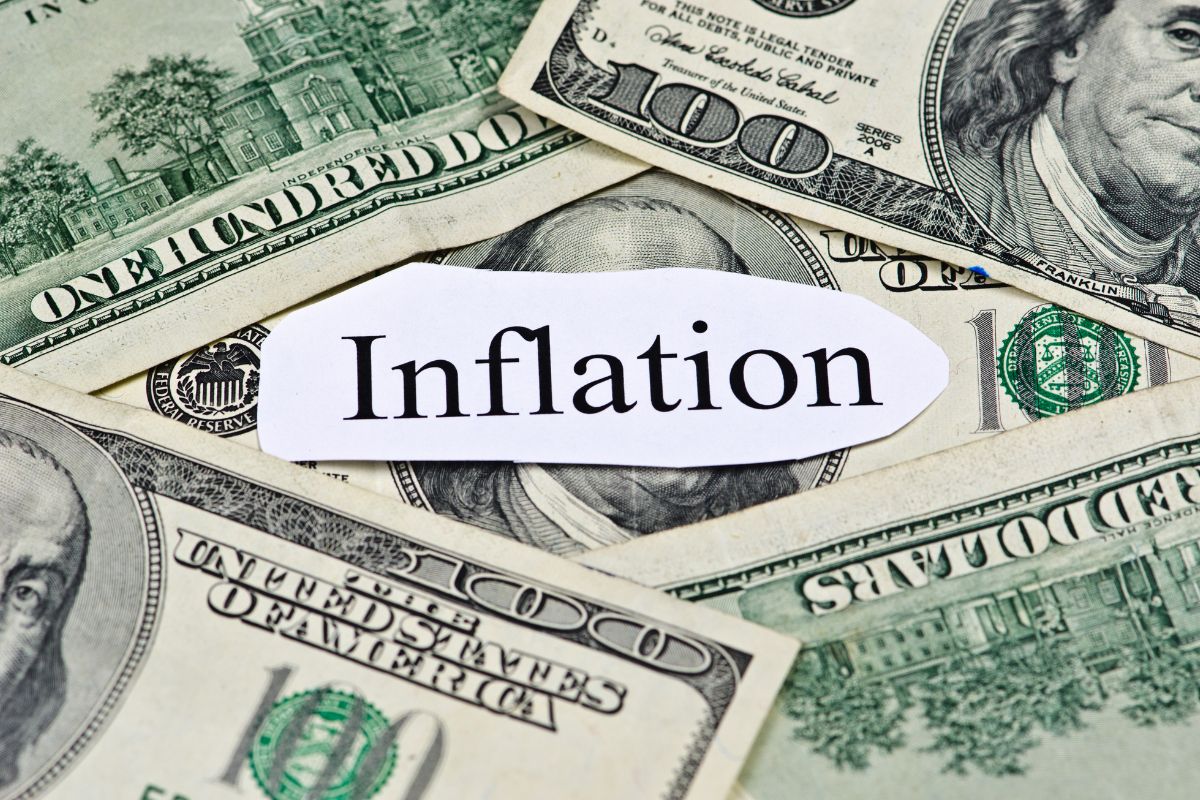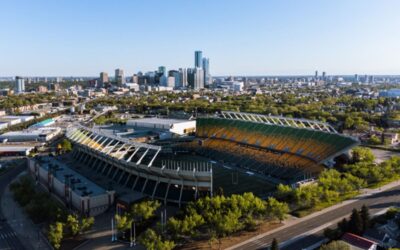Inflation is when the purchasing power of your money decreases. In simpler words, inflation is when you can buy less with the same amount of money. For example, if two years ago, you were able to buy ten pens for 50 dollars, now you are only able to buy six pens because each pen now costs nearly eight dollars instead of five dollars, that’s inflation. So, we can say 50 dollars does not have the same value it had two years ago. Inflation is often expressed as a percentage. So, if you hear that there has been five per cent inflation since last year, that means the value of our money has gone down by five per cent.
Why inflation?
To understand why there is inflation, we need to know about demand and supply and its relation to price. If there is high demand for certain goods, their prices will be higher. Similarly, if the demand increases, the price increases as well. On the flip side, if there is shortage of a particular good its price will go high, just like what we saw with oil prices. Because of the war, Canada and many other countries were not able to import oil from Russia, which created a shortage and hence the oil prices skyrocketed.
In addition, there’s a few other factors that impact inflation:
- Increase in money supply: Every now and then, we see an increase in salaries or minimum wages or something that results in more money in the hands of people. If we have more money, we will spend more and buy more, which will increase the demand for all the goods overall.
- Increase in production cost: If the cost of producing goods and services increase, businesses may raise prices to maintain their profit margins.
- Government policies: The actions of the government, such as increasing taxes, can increase prices and cause inflation.
Inflation isn’t always bad–if prices increase due to the increased wages and salaries, it’s a sign of a growing economy. However, if inflation is too high, it can have a negative impact.
Impact on students
Inflation can have both positive and negative impacts on students, depending on their individual circumstances. Here are some examples:
- Increased tuition cost: One of the main problems that students face due to inflation is increased tuition. Education becomes more expensive, and so do the supplies like books, pens, calculators and other educational products.
- Higher Cost of living: Inflation can also lead to an increase in the cost of living, including housing, food, and transportation, which makes it harder for students to afford basic necessities.
- Improved job opportunities and income: Inflation can lead to new part-time job opportunities for students due to an increase in demand for commodities.It can also lead to an increase in wages.
Inflation in Alberta
Data shows that Alberta has not been affected as much by severe inflation as the other provinces. The last year’s inflation rate is as follows:
Prince Edward Island (7.7%), Nova Scotia (7.6%), Manitoba (8%), Saskatchewan (6.7%), British Columbia (6.6%), Ontario (6.2%), Alberta (6%).
Overall, inflation has been higher than the favourable rate of two per cent in Canada. But as we see, Alberta’s has been one of the lowest. There are a few reasons behind that:
- Natural Resources: The recent inflation hike was driven by the shortage of oil because of the Russia-Ukraine war. But, Alberta is home to significant oil and gas reserves which acted as a cushion.
- Economic Diversification: Although oil and gas are an important part of Alberta’s economy, there is also diversified investment in other industries such as agriculture, forestry, and technology. This helps reduce the impact of inflation.
It is important to note that while Alberta may be less affected by inflation than other Canadian provinces, it is not immune to its effect. Staying aware of what’s happening in the world can help you predict what economic changes might come in the future.





